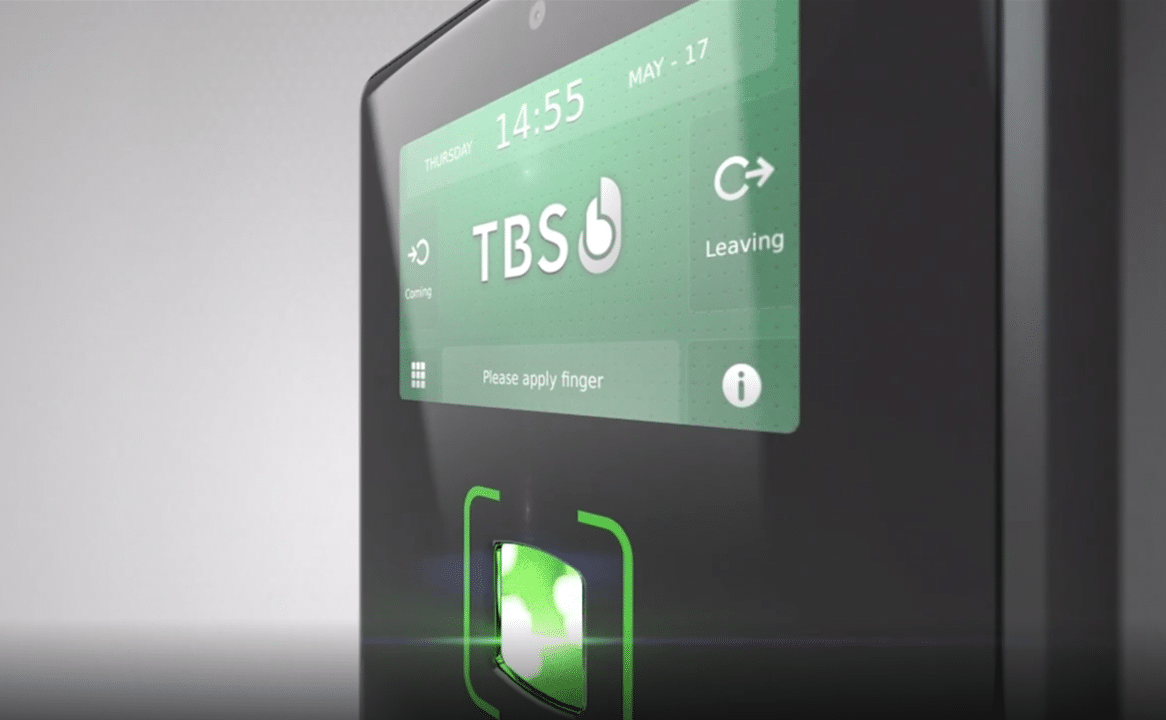Enhancing Biometric Security with Touchless Access Control


James Thorpe
Share this content
Security has been redefined in the last decades. Robust physical barriers and intimidating security personnel is simply not enough to meet the high-demanding security standards.
It has become fundamentally holistic.
Today’s security is a confluence of physical barriers, sensors and intelligent software which, combined with the right behaviours and processes, provide a higher degree of identity and data management.
Consequently, it is also more adaptable, scalable and integrated.
A More Connected & Secure Society
The presence of security in our everyday lives and the spaces where we work or enjoy our free time has become far more ubiquitous and yet, the multiple security systems have become seamlessly integrated.
Hence, security is a balancing act between safety and freedom, protection and accessibility.
These forces are often in conflict and open a social, ethical, political and economic debate in which we participate as security providers and professionals, but also as concerned consumers and citizens.
The current pandemic has highlighted that, even amid tragic natural or human disruption, security cannot take a step back.
Certain fundamental infrastructures of our society must keep working flawlessly and therefore it is our duty to keep securing their access.
Examples of such highly interdependent critical elements are healthcare systems, public safety, government bodies, energy and utilities infrastructures.
Healthcare infrastructure systems must cater for the security of its working personnel and patients, as much as of the stock of materials and supply chain flow of crucial goods.
In addition, securing stored sensitive data adds another level of complexity in terms of cybersecurity.
More discrete examples of industries in which security is essential are the transportation sector, logistics, as well as certain key manufacturing segments.
Our dependency on internet services has also put data centres in the spotlight.
After all, internet is becoming ever more a fundamental right to access as water, energy, sanitation, etc…
Many of the current critical infrastructures, government services, organisations and companies are utterly dependent on online services.
Technology in Touchless Access Control
Access control is the key security discipline for protecting sites and resources by allowing or limiting access according to pre-defined authorisation rules.
Access control has evolved immensely in the past years.
No longer an array of essentially isolated mechanical parts and barriers, where the weakest link could lead to extensive harm, it is now a more integrated, converged set of intelligent subsystems, where digitalisation provides the base for real-time management of access rights.
Instead of just strong gates, thick walls and complex keys, today’s access control systems are built around networks which provide identity recognition, coordination and intelligent response specific for each person.
External tokens – including cards and mobile phones – represent the token itself; PIN and passwords identify a piece of known information.
None of these technologies identify the bearer.
Only biometrics can perform this task.
Hence, when it comes to securing access control systems, biometrics is the wiser route.
Biometrics provides identification which cannot be questioned, thanks to its end-to-end holistic approach to security.
Why Touchless Access Control?
Of all technologies being put forward currently to authenticate users, touchless access control solutions have been experiencing a resurgence.
A touchless access control system ensures restricted entry to an area or resource using contactless sensors.
In the past, choosing contactless access technologies such as RFID cards, Bluetooth transceivers or barcode readers meant compromising in security.
Up to 90% of biometrics were touch fingerprint by the turn of the century.
But this trend has been inverted in the last decade.
Today, touchless biometrics is the gold standard to securely authenticate access.
Iris and face biometrics are the two most commonly available technologies in the touchless biometrics market.
However, not all touchless biometric sensors are created equal.
Fingerscan continues to be the most secure and flexible form of identification.
TBS was the first biometrics manufacturer ‘marrying’ the accuracy of fingerprint scans with the convenience of a touchless solution, also easing concerns regarding hygiene.
TBS is also still the only company providing a truly 3D technology.
The result is a touchless fingerscan sensor, capable of reading a fingerprint image in astounding detail from nail to nail.
Choosing the Right Biometric Solution
The quality of available biometric solutions varies widely depending intrinsically on the demographic setting, the environment where the device will be used, the resolution of the captured image and the quality of the algorithm that creates the digital template.
Some technologies trade off user acceptability at the cost of accuracy, i.e. by lowering the quality threshold they identify more users, inducing false acceptances.
Others simply cannot easily overcome unfavourable conditions such as light sources or temperature.
And others would always require an additional authentication token to overcome what is in practice a weak biometric method, be it from an image or algorithm quality perspective.
There are many considerations to take when selecting a biometric sensor, touchless or otherwise, to find the ideal product for a specific access control situation.
Fingerprint will remain one of the most easily adopted technologies due to its wide adaptability and intuitiveness.
In fact, some of the most accurate biometric sensors are fingerprint; the reason being that this technology has matured in decades of research, development, commercial application and deployment.
It is also based on a most stable and agile part of the body.
Among fingerprint, touchless scans are a far more accurate and precise method.
No finger deforming during the capture process, resilient to contaminants (water, oil, dust), more data points taken: the touchless fingerprint sensor offers superior security and an even more gratifying experience for the user – it’s smooth, flawless and always hygienic to use.
Iris and face are a growing trend; however, they do not necessarily compete with fingerprint.
These technologies are still maturing and consequently have flaws.
They are limited either in terms of where they can be placed (iris for example not outdoors or in certain light conditions), while face recognition is still on the search for a reliable algorithm.
Lastly, facial recognition holds a bad reputation for being intrusive and biased.
Until further developments are mastered, iris and face recognition will remain relevant to consumer-based applications where security and legal considerations are less critical.
Any contactless technology that highlights hygienic solutions is grabbing attention.
However, such biometric solutions should not be limited to health concerns.
Firstly, pandemics come and go but hygiene considerations will always stay.
Secondly, the benefits of touchless biometric reach beyond safety.
It is also about convenience.
It allows us to carry things while we are identified, not having to keep with us wallets with cards, not to remember yet another PIN or password – things that could be lost, stolen or forgotten.
Because modern access control systems can unify and integrate several contactless elements, the future user experience might become an elegant choreography of gestures as you smoothly move from one place to another, as you trigger actions and receive feedback.
Touchless biometrics can provide a seamless experience for the user, a smooth extension of ourselves invisibly touching another realm of human-machine interactions.
What Does the Future of Access Control Security Look Like?
The next generation of access control systems are seamlessly integrated, identity-centric, interoperating and converging with other systems.
Such systems will be built upon web APIs, offering limitless integration possibilities.
In this context, cloud-based architectures can congregate in a single system a seamless physical, cyber and identity security management with the ability to be scalable or highly contained.
The future of access control is right here around the corner.
Mobile and wearable devices allied with touchless biometric authentication will connect us more with other systems and machines.
Cloud-based systems will permit more and better data to be analysed and gives us intelligence.
AI and blockchain technology will protect data and ensure privacy.
Security-as-a-service and a solution-based approach will provide us tailor-made on-demand safety.
At the centre of this evolution, true identity access management will inevitably include a touchless biometric component.


